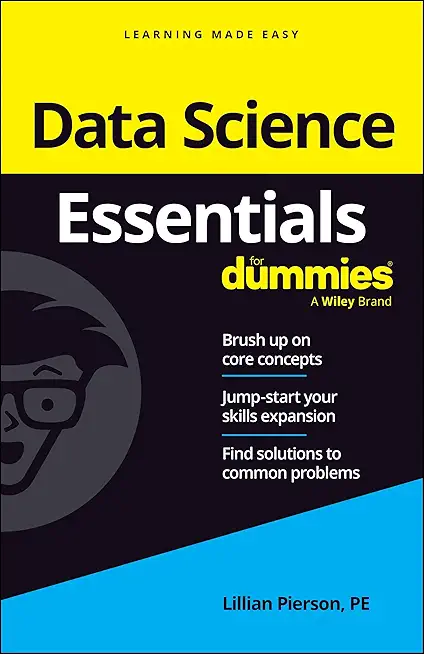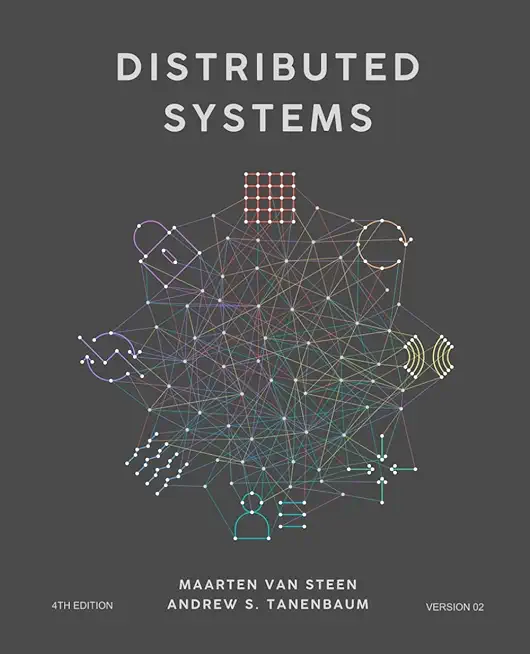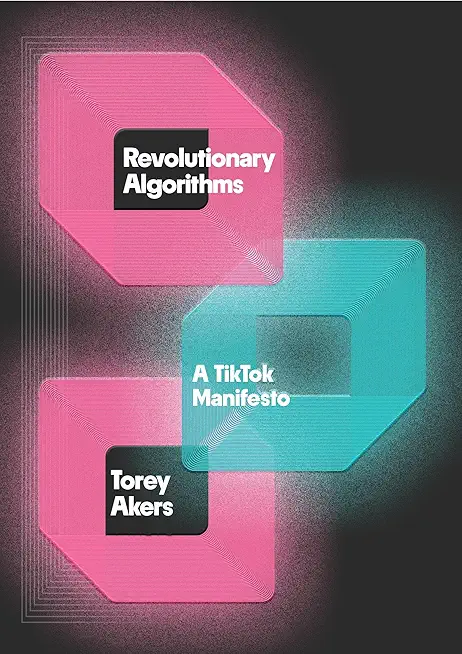Cloud Essentials for Architects using OpenStack Training in New York City(nyc)
Enroll in or hire us to teach our Cloud Essentials for Architects using OpenStack class in New York City(nyc), New York by calling us @303.377.6176. Like all HSG
classes, Cloud Essentials for Architects using OpenStack may be offered either onsite or via instructor led virtual training. Consider looking at our public training schedule to see if it
is scheduled: Public Training Classes
Provided there are enough attendees, Cloud Essentials for Architects using OpenStack may be taught at one of our local training facilities.
|
We offer private customized training for groups of 3 or more attendees.
|
||
Course Description |
||
| This two day class begins with an examination of the Cloud Computing
concept, the structure and key characteristics of Clouds, and takes a
look under the hood at how they operate. From there, students are
introduced to a Cloud Reference Model and explore various aspects of
Cloud solution design from discovery throughout the lifecycle of a Cloud
solution all the way to retirement. Special attention is given to
requirements and Cloud utilization analysis, Cloud solution design
strategies, and deployment scenarios. Upon completion of this course,
students will have an understanding of the Cloud Computing environment
and practical experience in designing, developing, and deploying
Cloud-based solutions. This class consists of 25% hands-on labs in an
actual OpenStack Cloud Computing development environment, and 75%
lecture and discussion. Students should have some hands-on experience
developing software, but the focus of the course is upon architecture
and design considerations within the Cloud.
Course Length: 2 Days
Course Tuition: $1090 (US) |
||
Prerequisites |
|
| Foundational Knowledge in distributed computing and Web-based architecture | |
Course Outline |
|
Chapter 1. Defining the Cloud
A Bit of History
Wikipedia Entry
Cloud Computing at a Glance
Gartner Research on Cloud
Electrical Power Grid Service Analogy
The NIST Perspective
Five Characteristics
On-demand Self-Service (NIST Characteristic)
Broad Network Access (NIST Characteristic)
Resource Pooling (NIST Characteristic)
Rapid Elasticity (NIST Characteristic)
Measured Service (NIST Characteristic)
The Three Cloud Service Models (NIST)
The Cloud Computing Spectrum: IaaS, PaaS and SaaS
The Four Cloud Deployment Models (NIST)
The NIST Cloud Definition Framework
A Hybrid Cloud Diagram
Cloud Deployment Model Dynamics
Summary
Chapter 2. The Cloud Enablers
The Origin of the Cloud Computing
Virtualization
Hypervisors
Hypervisor Types
Type 1 hypervisors
Type 2 hypervisors
Type 1 vs Type 2 Processing
Paravirtualization
Applying Virtualization to the Cloud
Virtualization Qualities (1/2)
Virtualization Qualities (2/2)
Grid Computing vs Cloud Computing
Myth: Cloud is SaaS
SOA and the Cloud
Summary
Chapter 3. Cloud Reference Model
The Need for a Cloud Reference Model
Cloud Reference Model
Cloud Infrastructure
Cloud Infrastructure - Virtual Machines
A Bootable OS Image
Defining a "Compute Unit"
Instance Templates (Flavors)
Launching an Instance in OpenStack
Block Storage for Instances
Cloud Infrastructure - Cloud Object Storage
Additional Data Storage Options
Cloud Multi-Tenancy Model
Common Characteristics of Multi-tenant Applications (1/2)
Common Characteristics of Multi-tenant Applications (2/2)
The PaaS Platform
Google App Engine (GAE) PaaS Overview
GAE's Stats
Google Cloud Storage
The SaaS Platform
Cloud Service Model Implementations
Google Compute Engine's Simplified Architecture
Google Cloud Platform
Summary
Chapter 4. OpenStack
What is OpenStack
OpenStack Main Components/Services
Release History (Since the
Folsom
Release)
Compute (Nova)
Main Compute (Nova) modules/services
Creating OpenStack VM Instances
Image (Glance)
Object Store (Swift)
Components of Swift
Dashboard (Horizon)
Launching a Virtual Instance in Horizon
Block Storage (Cinder)
Identity (Keystone)
Networking (Neutron, formerly Quantum)
OpenStack Networking
Telemetry (Ceilometer)
Orchestration (Heat)
Heat Templates
Pulling It All Together
Building OpenStack Environments
Using Automated Configurators
Managing OpenStack Clouds
Summary
Chapter 5. The Cloud Economics
Cloud Value Proposition
Coping with Computing Demand the Traditional Way
Coping with Computing Demand the Cloud Way
Cloud economics
You Can Move Your Cloud Apps Closer to Your Clients!
Be Aware of What You Ask For!
Do Clouds Compute?
Total Cost of Ownership (TCO)
Cloud Infrastructure – Vendor Comparison
Select Expected Benefits
You Still Need …
Financial Management and Tracking
Calculate initial, simple return
Calculate Returns for on-going Usage
How to Practically Estimate Your Cloud Bill?
Shop Around (Within the Same Shop)
Discounted Object Storage: Amazon Glacier
Amazon S3 Cost Monitoring
Google Compute Engine Per-Minute Billing
Summary
Chapter 6. Cloud Risks and Risk Mitigation
Cloud Risks
Failure-As-A-Service in 2009
Service Quality
Malicious Insiders
Shared Technology Vulnerabilities
Data Loss/Leakage
Data Loss / Leakage Causes
Account, Service & Traffic Hijacking
Unknown Risk Profile
Mitigating Cloud Security Risks
Five Mitigation Strategies
Federated ID
Multi-layer Inspection
Centralized Management
Virtual Desktop Protection
Look toward standards
Problem Resolution
Data Back-up
Risks When Supporting Clouds: Provisioning
Liability
Security
Summary
Chapter 7. Cloud Security
The Heartbleed OpenSSL Bug
A Notable Breach (a Spear-phishing Attack Example)
Cloud Vendor Security Certifications
Google Compute Engine Data Security
Cloud Access Security Features
Security of Cloud Vendor Networks
Insecure Interfaces
Top Threats for Cloud Computing
The Common Cloud Security Concerns
Authorization and Data Access Constraints
Cloud Security Domains
The CIAs of Security
Access Control: Physical Security
Access Control: Authentication & Authorization
Federated Identity Management
Access Control: Auditing
Identity Management
AWS Identity and Access Management Service
Security in the Google Cloud
GAE Cloud Security Module
Application Security
Application Multi-Layer Security Design
Access Control List Extensions
Information and Data Security
Data-at-rest Security
Amazon S3 Security
Amazon S3 Security (Cont.)
Network Security
Operational Security
DevOps Security Concerns
Summary
Chapter 8. Cloud Services
Defining Cloud Services
User-Cloud Interaction
Cloud Service Characteristics
The Typical Cloud Services
Application Services
Messaging Application Service
Email Application Service
Cache Application Service
Specialized Application Services
AWS Analytics Systems
Google App Engine (GAE) MapReduce Service
Use Cases for MapReduce Jobs
Integration Platform as a Service (IPaaS)
Storage Services
Object Storage
Archive Storage
Relational Storage
NoSQL Storage
Some AWS Storage Services
Data Warehouses in the Cloud
Cloud Utility Services
Scalability and HA of Your Applications in the Cloud
The Auto-scaling Service
Monitoring Services
Configuring Instance Health Check in AWS
Amazon Web Services Integration Diagram
Google App Engine (GAE) Services Integration Diagram
Microsoft Azure Services
Comparing Cloud Service Stacks
Summary
Chapter 9. Adopting Your Very Own Cloud
What Drives Cloud Adoption?
What May Go to the Cloud?
Capacity Planning
Critical Run-time and Storage Parameters
The Cloud Adoption Stages (Example)
Getting to the Cloud (Example Road Map)
Pre-Cloud Stages
Cloud Stages
Cloud Stages (Cont'd)
Cloud Adoption Steps
Identify your business drivers (Step #1)
Get Educated (Step #2)
Get Educated (Things to Avoid ... )
Articulate a Value Proposition (Step #3)
Define one or more scenarios (Step #4)
Produce a Road Map (Step #5)
Gain Stakeholder Buy-in (Step #6)
Establish Governance (Step #7)
Invest in Infrastructure (Step #8)
Cloud Pilot (Step #9)
Scoping the Pilot Project
Pilot Project Scope (Cont’d)
Enterprise Roll-out (Step #10)
Start Small and Grow Incrementally
Amazon WS Technical Lessons When Moving To the Cloud
Hype Cycle and Technology Adoption Model
Summary
Chapter 10. OpenStack Security
OpenStack Cloud Perimeter Security
System Perimeter Security
OpenStack Virtual Instance Security
OpenStack Security Considerations
Linux Kernel-Based Firewall
OpenStack Security Groups
Nova Client Security Group Commands
Nova REST API for Security Group Administration
Nova Security Command Examples
Identity Management with Keystone
Keystone Command-line
Example of a Keystone Command
Keystone REST API
Example of Keystone RESTful Request
Summary
Chapter 11. Cloud Design Strategies
Implications of Vendor Lock-In
Dealing with Vendor-specific Service API
Know Your Cloud Application's Needs
Data Physics
Cloud Design Strategies
Designing for Scalability
Designing for Cloud Availability
Designing for Failure
Designing for Cloud Security
Designing for Cloud Security - OWASP 10
Designing for Cloud Security - OWASP 10 (Cont'd)
Designing for Cloud Security – Multi-Factor Security
Stepping Across Site Silos
Stepping Across Site Silos – the SAML Protocol
Stepping Across Site Silos – t
he OpenID Protocol
SAML vs OpenID
History of OAuth
Stepping Across Site Silos – OAuth
Selecting the Right Storage
(Cont'd)
Designing for Cloud Management
Designing for Cloud Maintainability
Other Considerations
Designing for Cloud Service Reuse
Designing for Cloud Service Reuse (Cont'd)
Designing for Cloud Agility
Designing for Cloud Usability
Additional Usability Considerations
Summary
Chapter 12. Cloud SLAs
What is an SLA?
Two SLA Management Phases
Some SLA Parameters
The Importance of Cloud SLAs
Amazon Storage SLAs
Understanding your SLA
Example of Google Infrastructure Failure Rates
Assess Consequences for Your Business
Characteristics of a Service Quality Metric
Service Quality Metrics
SLA Monitoring Components
Summary
|
Course Directory [training on all levels]
Technical Training Courses
Software engineer/architect, System Admin ... Welcome!
- .NET Classes
- Agile/Scrum Classes
- AI Classes
- Ajax Classes
- Android and iPhone Programming Classes
- Azure Classes
- Blaze Advisor Classes
- C Programming Classes
- C# Programming Classes
- C++ Programming Classes
- Cisco Classes
- Cloud Classes
- CompTIA Classes
- Crystal Reports Classes
- Data Classes
- Design Patterns Classes
- DevOps Classes
- Foundations of Web Design & Web Authoring Classes
- Git, Jira, Wicket, Gradle, Tableau Classes
- IBM Classes
- Java Programming Classes
- JBoss Administration Classes
- JUnit, TDD, CPTC, Web Penetration Classes
- Linux Unix Classes
- Machine Learning Classes
- Microsoft Classes
- Microsoft Development Classes
- Microsoft SQL Server Classes
- Microsoft Team Foundation Server Classes
- Microsoft Windows Server Classes
- Oracle, MySQL, Cassandra, Hadoop Database Classes
- Perl Programming Classes
- Python Programming Classes
- Ruby Programming Classes
- SAS Classes
- Security Classes
- SharePoint Classes
- SOA Classes
- Tcl, Awk, Bash, Shell Classes
- UML Classes
- VMWare Classes
- Web Development Classes
- Web Services Classes
- Weblogic Administration Classes
- XML Classes
Business Training Courses
Project Managers, Business Analysts, Paralegals ... Welcome!
Upcoming Classes
Gain insight and ideas from students with different perspectives and experiences.
- Introduction to Spring 6, Spring Boot 3, and Spring REST
15 December, 2025 - 19 December, 2025 - Fast Track to Java 17 and OO Development
8 December, 2025 - 12 December, 2025 - RHCSA EXAM PREP
17 November, 2025 - 21 November, 2025 - Python for Scientists
8 December, 2025 - 12 December, 2025 - RED HAT ENTERPRISE LINUX SYSTEMS ADMIN II
8 December, 2025 - 11 December, 2025 - See our complete public course listing






